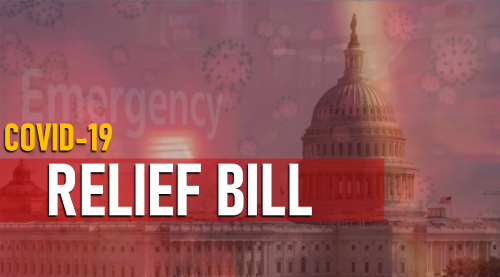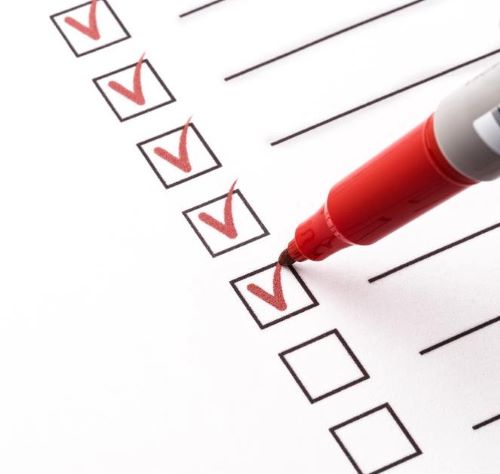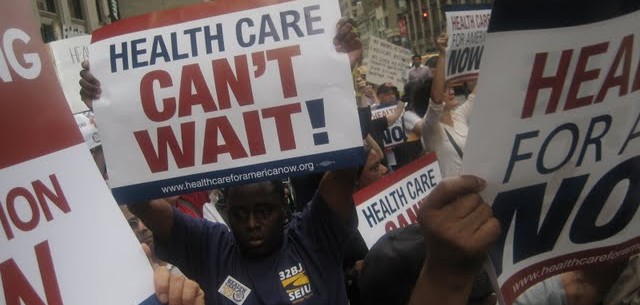After MONTHS of obstruction and negligence by the Senate Majority and then weeks of negotiations between them, the House, and White House reps, Congress has finally passed a long-overdue pandemic relief package. Its provisions will address the pandemic itself, and also help millions of people across New York and the US who are in economic and personal crises because of it. After much public bombast and threats, President Trump finally signed the bill into law this past Sunday evening.
There’s much more that needs to be done once a new Congress and new presidential administration take office next month (see partial list below), and we stand ready to assist our two Senators and our city and state’s Congressional delegation to make that happen, as we have since the pandemic arrived last winter. In the end, this new law is much more an “immediate relief” one as opposed to a more forward-looking “recovery and stimulus” one, and came in around $910 billion in new spending.

We want to thank all of YOU, our partners and supporters, for everything you did to contribute to the various provisions that made it into the final bill, and to build the political pressure that got it across the finish line. It was a lot of intense work in recent weeks and months. Working with our various partners in the New York State Network of Health Care for America Now, we focused in on the vital public health and health care aspects of the legislation, and supported our social justice allies who attended to other important pieces of it.
We also want to acknowledge and thank our own Senator Charles Schumer for his role as Senate Minority Leader to get this bill done. He was tireless in finally getting the Senate Majority to engage in negotiations, and worked with House leadership to make many improvements to what the Senate Majority had initially put on the table many weeks ago. Sen. Schumer also held numerous online meetings and conference calls with New York advocates and activists from across our state to keep us all informed of the state-of-play, listening to our policy concerns and recommendations, and strategizing to keep the legislative process moving forward to completion.

Here’s a brief overview of what ended up in the new law, known as the Coronavirus Response and Relief Supplemental Appropriations Act (HR 133.)
- $190B for a whole slew of public health programs related to combating the pandemic, including vaccination programs.
- $12B for family support programs focusing on child care and elder care.
- $165B for primary, secondary, and higher education programs.
- $27B for transportation programs.
- Extension of a various programs for unemployed workers
- One-time direct financial assistance to individuals and families, averaging $600/person.
- Extension of a variety of programs to support small businesses and their payrolls, including non-traditional, community-based financial institutions.
- $25B for rental assistance, including eviction protections.
- Extensions of and increased funding for a variety of community food assistance programs, including protecting and raising SNAP benefits (Food Stamps.)
- Funding to keep the US Postal Service financially viable.
- Funding to increase/improve broadband technology.
- Allows states and cities that received CARES Act funds to keep using it through 2021.
This law was enacted as part of a much larger omnibus budget and spending package for the federal government overall. Here’s what else got done on health care and related issues:
- New protections for patients against surprise medical bills. While New York has had strong protections in place for several years now, they only applied to the types of health insurance that they regulate. Workers with coverage from their jobs were largely left in the lurch. This new federal law, modeled on New York’s system, will now protect them too.
- Extends funding for health care, including Community Health Centers, National Health Service Corps, Teaching Health Centers, and special diabetes programs.
- Allows families who are eligible for the Earned Income Tax Credit and the Additional Child Tax Credit flexibility in determining these credits. (Income support keeps people healthy!)
- Funds new affordable housing projects by establishing a four percent minimum credit rate for the low-income housing tax credit. (Housing IS health care!)

What Got Left Out and is now Still-to-Do-Next:
- LOTS more general financial assistance to states and localities. to enable them to balance their budgets for the current budget year and the next one. Doing so will allow them to provide vital public services to combat the pandemic and its economic aftermath.
- Raising the Medicaid matching rate for states, to help support their various health care programs that are playing a critical role in fighting the pandemic and providing health care to millions who need it.
- Helping unemployed workers who’ve lost their jobs because of the pandemic to keep their current health insurance coverage in place throughout the public health emergency or transition to other existing options available through Medicaid and the Affordable Care Act.
- Opening up Medicare to those who are uninsured.
- One-time direct payments for undocumented workers and their families.
2020 has proven to be quite a challenging year as our nation, state, and city have confronted the worst public health crisis in over a century. Strong advocacy, activism, and community-labor collaboration has helped to shape their responses in good and necessary ways, and we are proud of the parts we have played in those efforts. Yet much of that endeavor remains a work-in-progress, and we have much work ahead for the foreseeable future.
